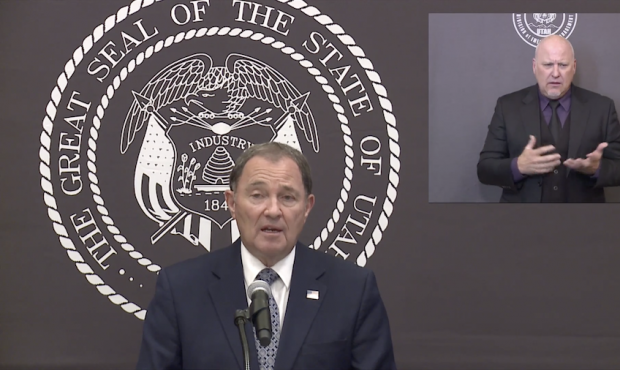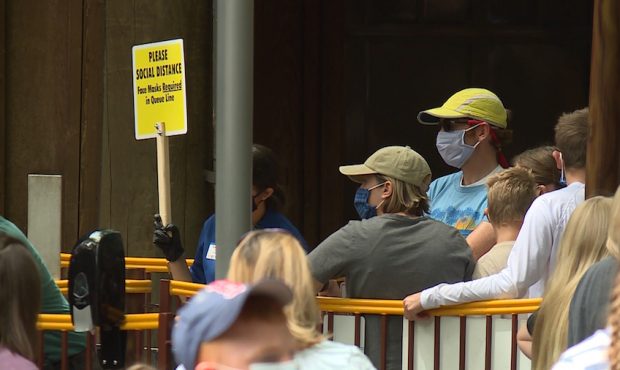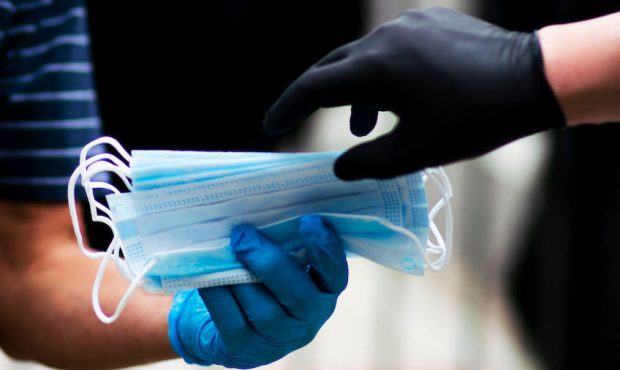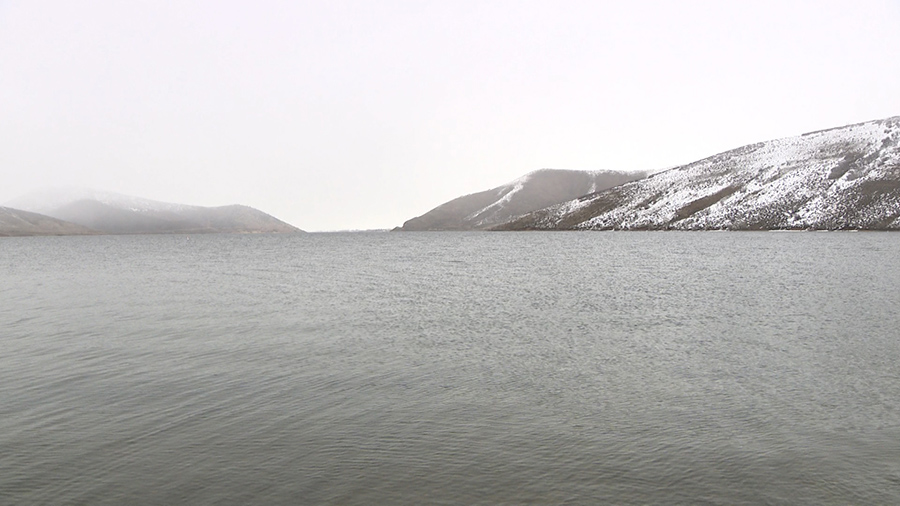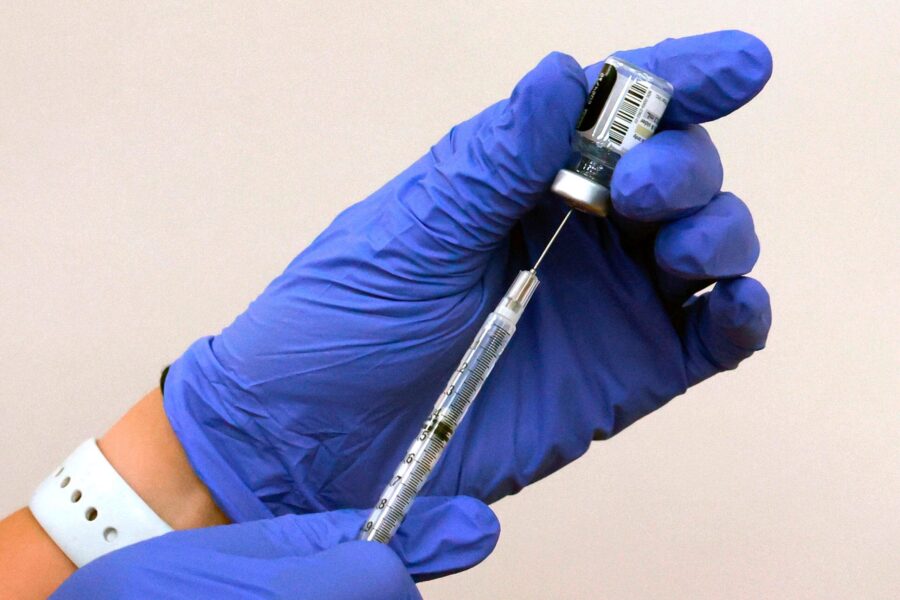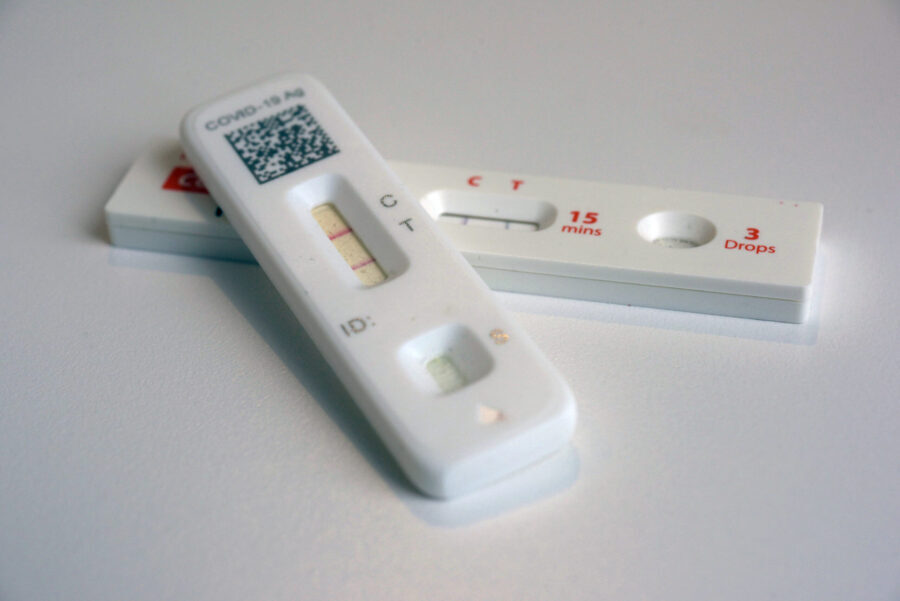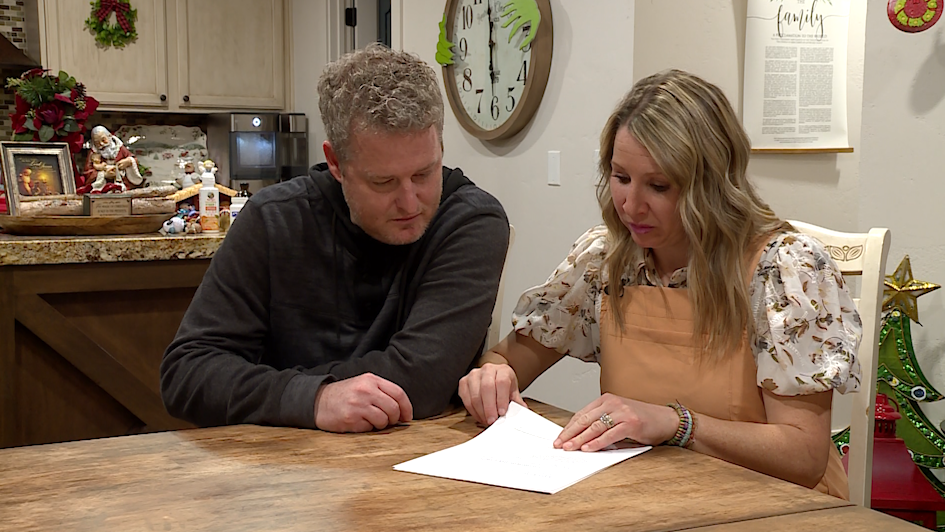Utah’s 7-Day Average Of New COVID-19 Cases At 487, State Epidemiologist Says
Jun 24, 2020, 8:13 PM | Updated: 8:14 pm
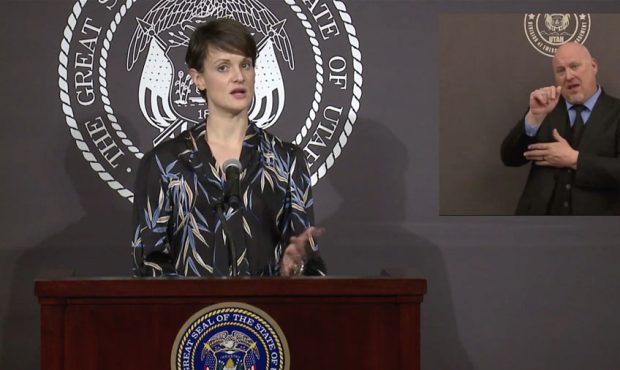
FILE: Utah state epidemiologist, Dr. Angela Dunn, provides an update on the spread of coronavirus on Friday, April 10, 2020.
SALT LAKE CITY, Utah – Utah’s seven-day average for new COVID-19 cases was at 487 on Wednesday, according to state epidemiologist Dr. Angela Dunn.
Dunn said the state’s seven-day average for percent positivity in testing was at 9.8% as well, and 13% of all cases were attributed to community spread.
“That’s been consistent throughout this response,” Dunn said, referring to community spread. “That means our contract tracers are doing an excellent job identifying all of those close contacts to cases, reaching out to them and enforcing quarantine and isolation.”
Dr. Dunn addresses the recent memo which was intended as a starting point in discussions from one perspective, the public health perspective.
It was not intended to shut down the economy. She thanks state leadership for being willing to hear her out while weighing many issues
— Utah COVID-19 Community Task Force (@UtahCoronavirus) June 24, 2020
Earlier in the week, Dunn issued a memo saying state leaders should work to reduce Utah’s seven-day, rolling total.
Dunn recommended the state move back to the Orange or moderate-risk category if it doesn’t drop that total to 200 cases per day by July 1.
“We absolutely need to be more vigilant now about social distancing and wearing face coverings in order to prevent overwhelming our health care systems,” she said.
On Wednesday, Dunn said she was glad to be working with state leadership that is willing to consider her input and that from other experts to strike the right balance in public health and the economy moving forward.
Testing Plateau
In her memo, Dunn also said testing had plateaued in Utah according to state health department data.
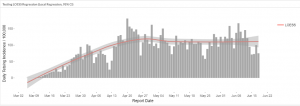
COVID testing has plateaued in Utah since early May, according to the Utah Dept. of Health.
She added Wednesday that the rise in cases did not appear to be tied to protests in Salt Lake City.
“Protests happened about three weeks ago, and we’ve only identified a couple of individuals where we couldn’t identify any additional place where they could have been exposed to the virus,” she said. “So it’s only been two (cases) thus far. And having the protests be three weeks ago, and our case count has maintained a steady increase, we don’t think that the protests are contributing or have contributed significantly to our outbreak beyond just routine, community spread that we’re seeing statewide.”

